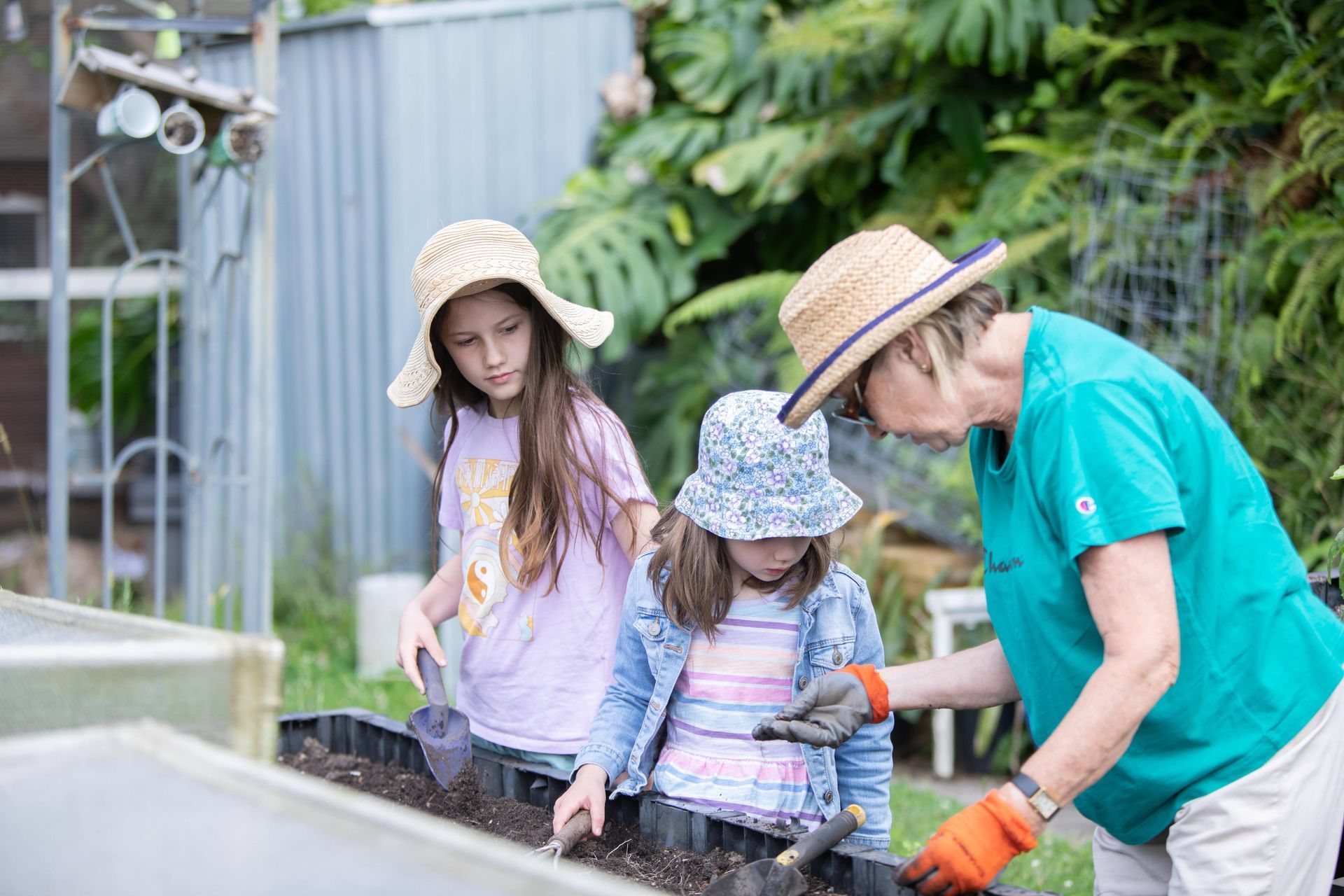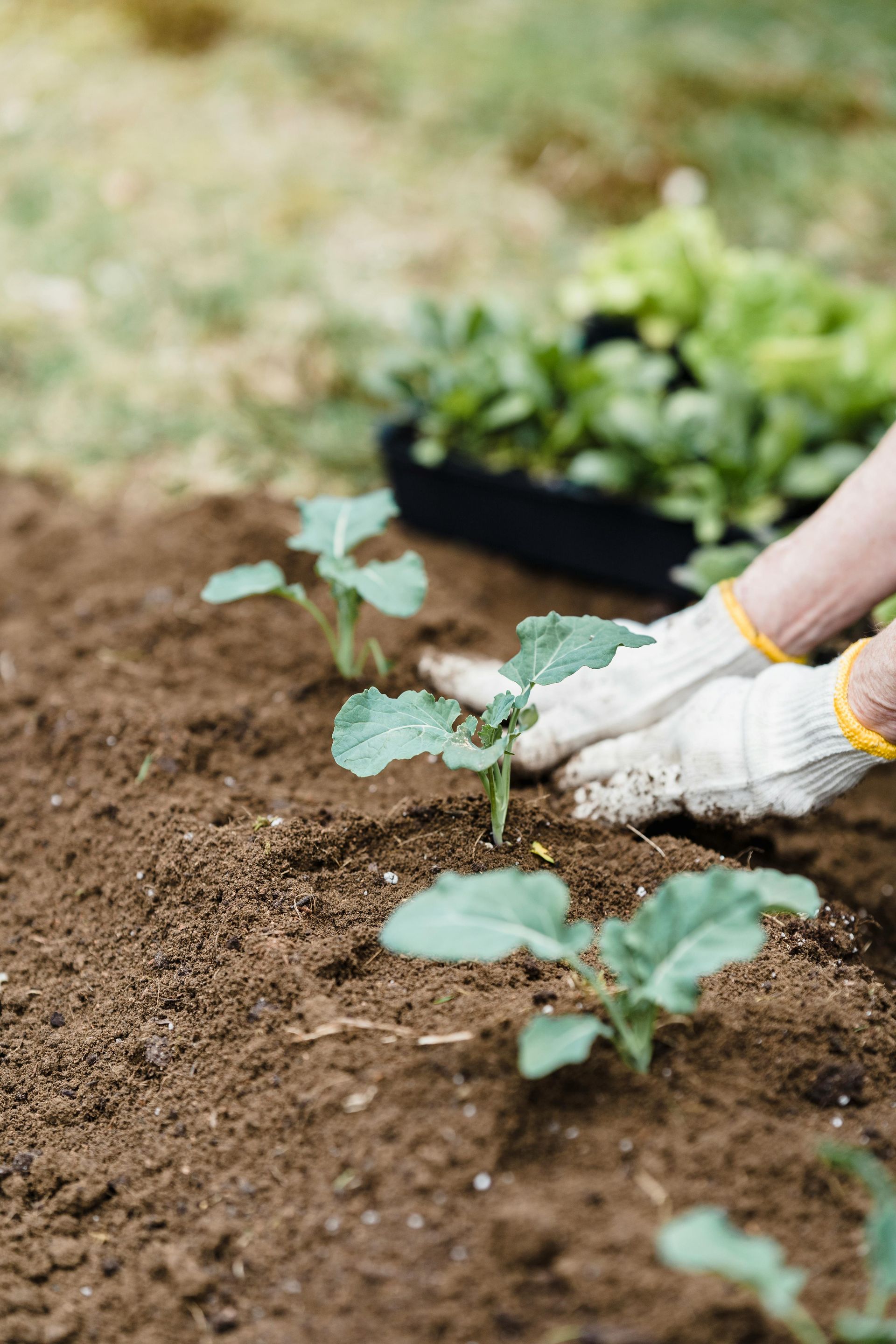Small Space Gardening: How to Grow Food at Home
Water smartly: check soil moisture with your finger before watering, and consider DIY irrigation tricks like buried clay pots
There is something special about stepping outside and being able to pick your home grown herbs for your dinner or tasting a tomato fresh off the vine, but a common concern some of you may also feel, is that you don’t think you have enough space. The good news is you don’t need a backyard to grow your own food. With a few simple tricks, even the tiniest balcony or courtyard can become a productive green corner.
At Good for the Hood, we love sharing ideas that make sustainable living easier and more joyful. Recently, we explored small space gardening with Sahar El-Chiekh from
Sahar’s Suburban Garden. Her approach is all about making food growing possible for everyone, no matter the size of your home. Here are some of the key takeaways.
Why Grow Your Own Food?
Growing food at home is about more than just saving a trip to the supermarket. It can:
- Give you fresher, more flavourful produce
- Help kids understand where food comes from
- Provide a mindful break from screens and stress
- Build resilience by making you a little less reliant on the shops
Even growing one pot of herbs can reconnect you to nature and spark a sense of pride when you use what you’ve grown in your cooking.

The Best Plants for Beginners
If you’re just starting out, keep it simple and grow what you actually like to eat. Some of the easiest options include:
- Silverbeet and spinach – hardy greens that grow back after cutting
- Mint – thrives! But keep it in a pot or it will spread far and wide.
- Parsley, coriander, and shallots – herbs that give quick results
- Radishes – especially watermelon radishes with their vibrant pink centres
Once you’ve got the hang of it, you can always expand to more adventurous crops.
Growing Food in Small Spaces
You don’t need a raised bed or lawn to grow vegetables. Containers are perfect for renters, apartment dwellers, or anyone short on space.
- Choose the right container: fabric grow bags, wicking beds, or recycled pots can all work well
- Invest in quality soil: potting mix designed for containers is lighter and drains better than garden soil
- Feed your plants: add compost, worm castings, or organic fertilisers every couple of months. Check out your local community garden, they often have worm farm juice for free that makes an incredible fertiliser
- Water smartly: check soil moisture with your finger before watering, and consider DIY irrigation tricks like buried clay pots
With the right setup, even fruit trees can thrive in pots.
Not every plant will succeed, and that’s part of the journey. Don’t be discouraged by pests or plants that don’t make it. Learn as you go and celebrate the wins. And remember, social media gardens often hide the hard work and failures behind the photos. Focus on your space, your food, and your progress.
Want to start today? Pick one container, fill it with good soil, and plant something you love to eat. Whether it’s a pot of mint (great fresh in tea!) or a patch of radishes, you’ll be surprised at how quickly you see results.
This blog shares just a slice of what local residents experience through the @ HOME program, where councils partner with Good for the Hood to deliver workshops, events, and resources on topics like growing food, reducing waste, and living more sustainably.
If you’d like your community to access more sessions like this, encourage your local council to connect with us about joining the program. Together we can help more households grow, learn, and thrive.

SIGN UP FOR SPECIAL UPDATES WITH THE MONTHLY HOOD NEWS.

